Reports, stories and reflections from U-M Library assessment practitioners.
Tiny Studies

Posts in Tiny Studies
Showing 41 - 50 of 74 items
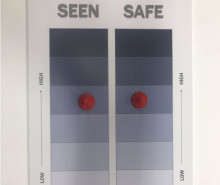
- Denise Leyton
In three blog posts, the authors describe a multi-year library service design project. This last post describes the team’s prototyping and testing processes, and our resulting interactive exercise.
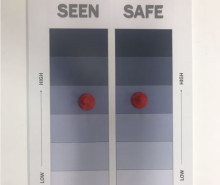
- Denise Leyton
In three blog posts, the authors describe a multi-year library service design project. This second post describes the research process used to develop our user experience tool.
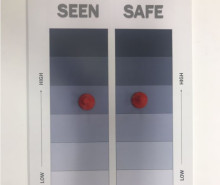
- Denise Leyton
In three blog posts, the authors describe a multi-year library service design project. This first post describes the origins and goals of the assessment project.

- Jesus Ivan Espinoza
How do we begin applying a critical lens towards assessing library instruction? Recently U-M Library Instructor College and the The Feminist Pedagogy Reading Group discussed Maria Accardi’s book chapter "Teaching Against the Grain: Critical Assessment in the Library Classroom."

- Karen A Reiman-Sendi
A project team charged with providing staff training activities approached the project assessment with an iterative design lens, allowing for responsive and timely development of multiple opportunities for staff engagement around organizational and personal change. The team tried out different assessment techniques related to the opportunities offered.
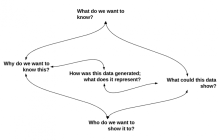
- Kat King
Chances are the work processes you already have in place are generating data that you could be using to learn more about those processes. In this second blog post, the author continues to highlight steps for working with data that is generated by your daily tasks.
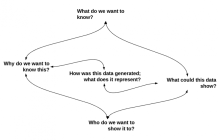
- Kat King
Chances are the work processes you already have in place are generating data that you could be using to learn more about those processes. In two blog posts, the author shares some steps for working with data that is generated by your daily tasks.
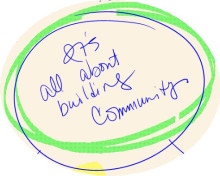
- Sheila Garcia
What does it mean to evaluate assessment practices through a DEIA lens? Sheila Garcia, Resident Librarian in Learning and Teaching, shares her personal journey applying a critical lens to her capstone project that centers the experiences of undergraduate language brokers.

- Ben Howell
How can we improve the familiarity and credibility between Library experts, resources and services we offer and the students, faculty and staff who use them? Whether we’re building new relationships or reconnecting with patrons/colleagues during assessment or user research activities, we have the opportunity to use certain marketing and communication best practices and tools during our user research to align clear and targeted communication with our key audiences.

- Joe Zynda
Assessment and research activities focused on the U-M Library faculty, staff, and student experiences are happening regularly, and often the Library Human Resources (LHR) team is contributing to these activities if not leading the research. This work can focus on quantitative data, qualitative data, or take a hybrid approach, and can involve surveys, interviews, and/or some general number-crunching. This post looks over some recent HR assessment projects.